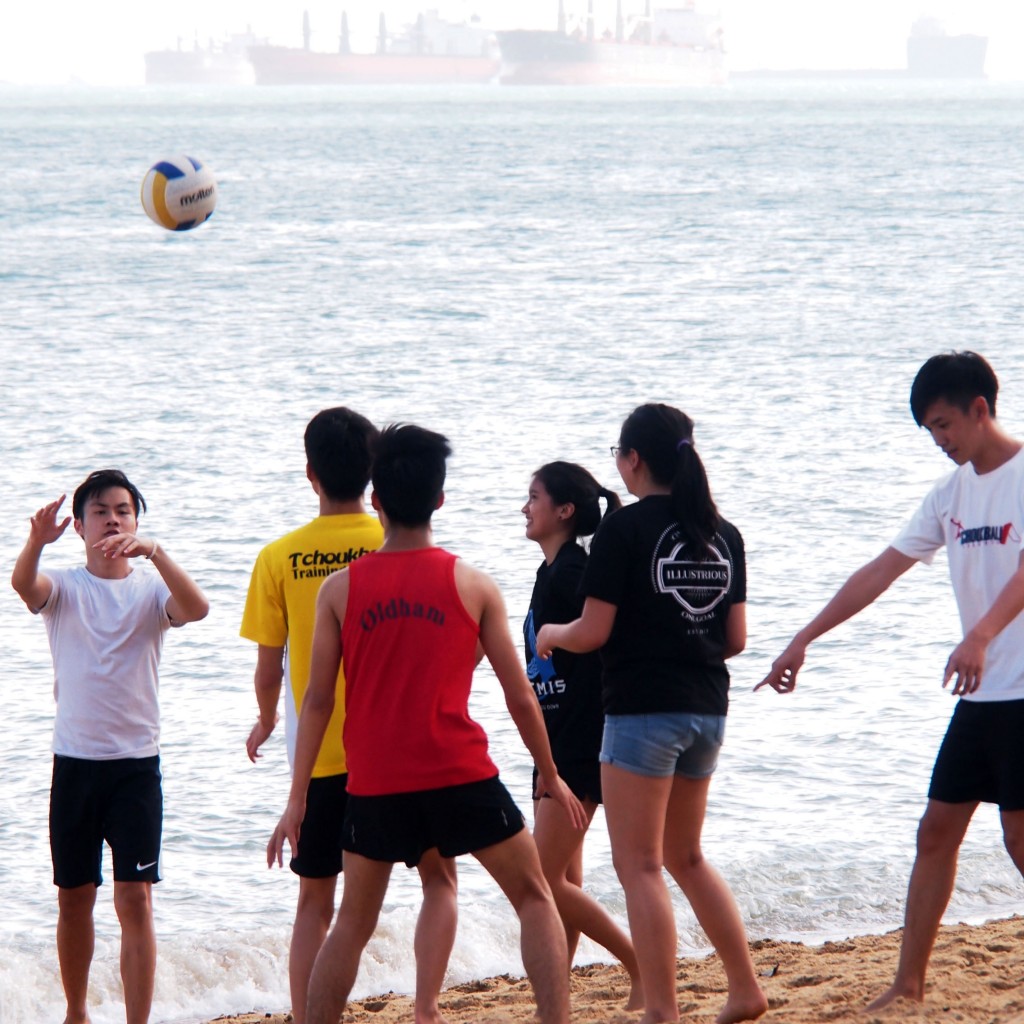Compliments and Compliment Responses of Singapore Chinese University Students
March 14, 2023

Associate Professor Lee Cher Leng (NUS Department of Chinese Studies) examines the conversational responses of young Singaporean-Chinese compared with their peers in mainland China and Taiwan in ‘Compliments and Compliment Responses of Singapore Chinese University Students’ (Global Chinese, 2015).
A/P Lee explains how giving and receiving compliments occurs more naturally in certain cultures than in others. For example, in English-speaking cultures such as the U.S., Britain, and South Africa, giving and accepting compliments is far more prevalent than in China, Japan, or France. Furthermore, the British and South Africans stood apart from the Americans in that they were more ready to accept compliments. Singapore, with its strong western influence and main working language of English, is situated as a culture more accepting of accepting compliments.
The paper utilised data from 45 male and 54 female Singaporeans, aged 21 to 28, who went through the same education system – one where English was the main language of instruction. These Singaporeans also studied Mandarin Chinese as a separate subject.
The study showed that young Singaporeans preferred to compliment based on ability/performance, whereas young Taiwanese tended to make compliments based on appearance. And unlike their mainland Chinese counterparts, Singaporeans tended to be more accepting of compliments, particularly within closer inter-personal relationships such as friendships.
A/P Lee shows that the Singapore Chinese community is unique within the outer circle of Mandarin speakers, in that there is a fusion of East and West in the code-switching to English for all aspects of speech, including giving and receiving compliments. Rather than observing the traditional ‘modesty maxim’ of rejecting compliments and downgrading oneself, Singaporeans have shifted towards a psychology of becoming more accepting with regards to compliments – a distinctly Singaporean Chinese response to positive reinforcement.
Read the full article here.
